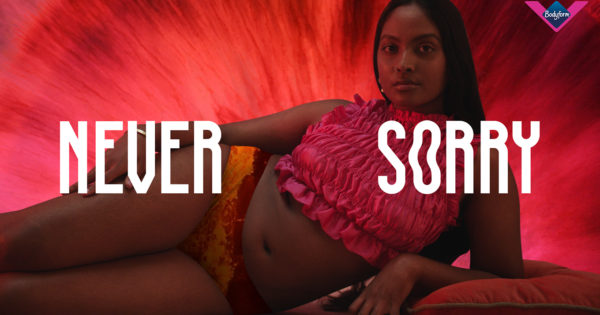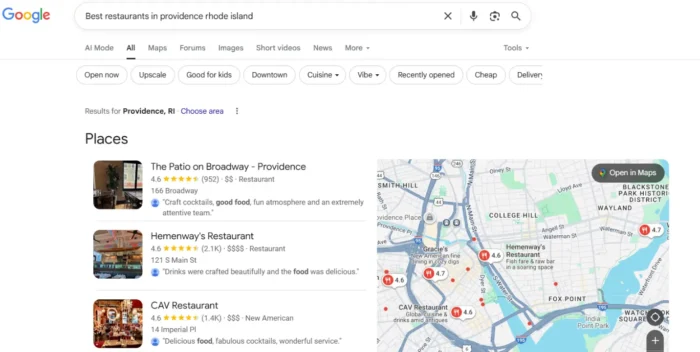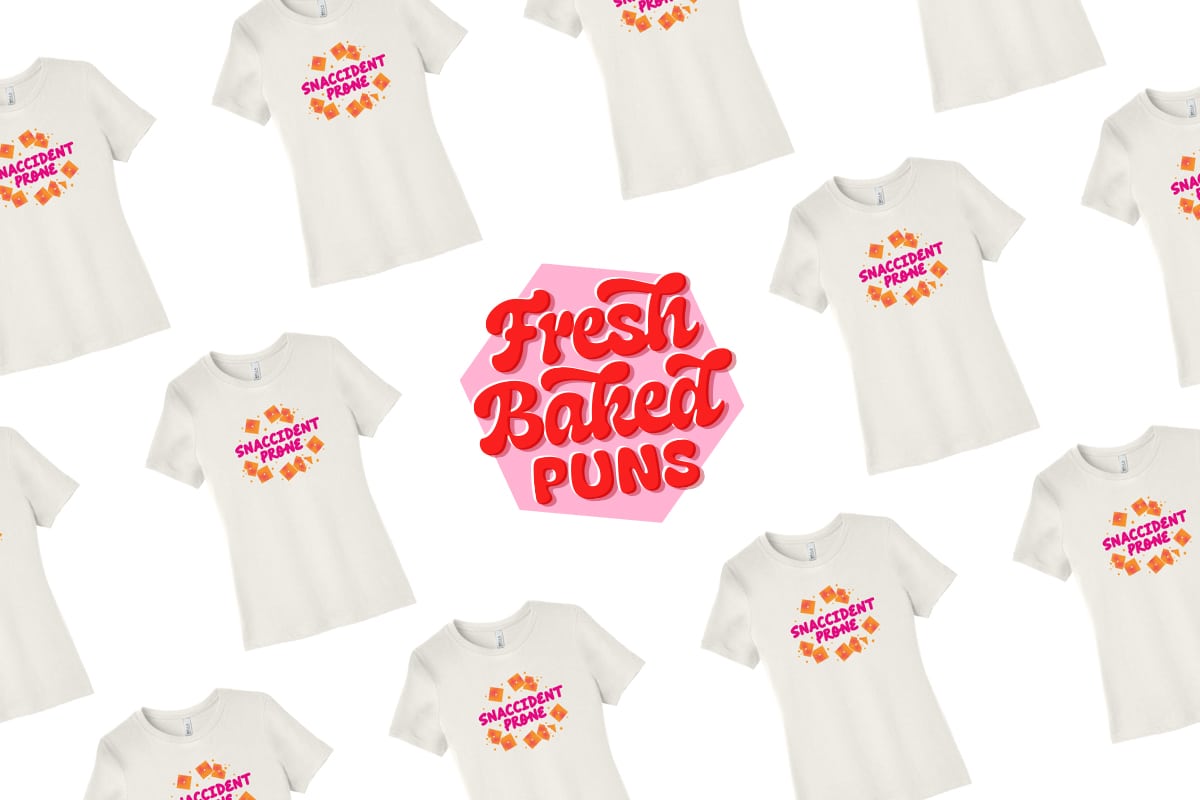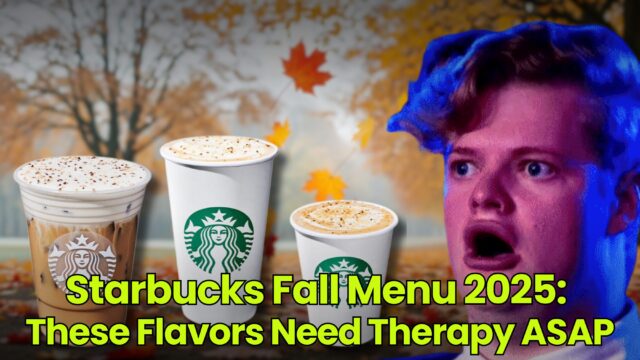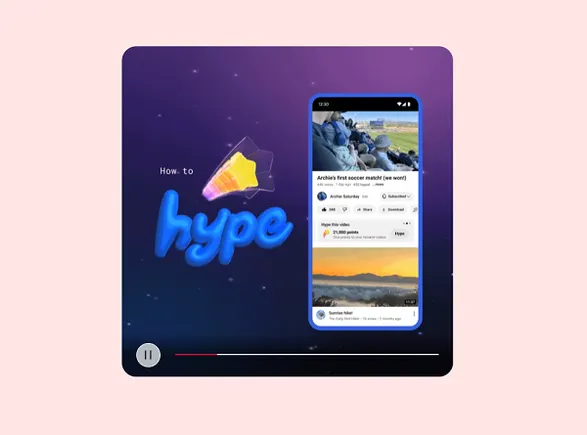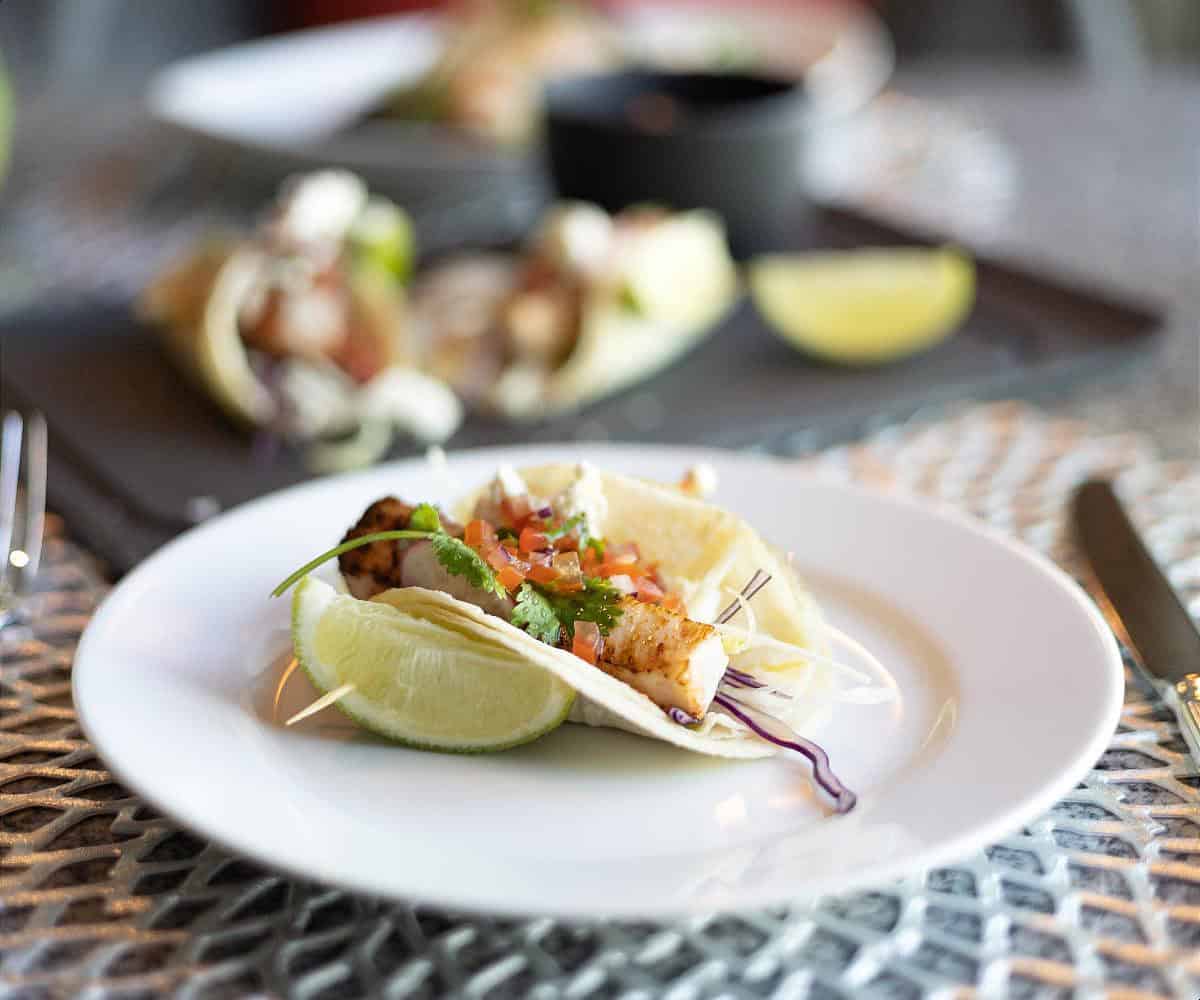Inside KFC’s new marketing strategy as brand puts new twist on slogan
A new twist on an old slogan puts the focus on younger consumers seeking 'better than good.'

KFC’s overhaul of its branding starts with a new spin on an old line.
No longer will the chicken chain say its 65-year-old slogan, “It’s Finger-Lickin’ Good,” but instead, “That’s Finger-Lickin’ Good," a subtle switch that could be heard in the brand's first campaign from creative agency MullenLowe and KFC's new U.S. Chief Marketing Officer Nick Chavez. KFC's marketing team says the new line shifts focus from the company lauding its food to its customers’ perceptions of it, while providing a platform to “compete against good” in all of its activations—meaning there's good, and then there's finger-licking good.
“‘It’s Finger-Lickin’ Good’ is us describing ourselves,” Chavez said in an interview this week. “‘That’s Finger-Lickin’ Good’ is the customer describing the brand. That pivot of being a brand that serves them, and not the other way around, is a key in brand marketing and the key to this campaign.”
That insight is what won MullenLowe a spirited competition for the creative account that went up for grabs last September amid a major marketing reset that aimed to win more appeal with younger consumers. Chavez joined KFC as its CMO in November; in January, Publicis’ Spark Foundry was named media agency and MullenLowe was appointed in February. For the last six years, KFC’s creative was handled by Wieden+Kennedy Portland, whose work was marked by a creative rejuvenation of Colonel Harlan Sanders, KFC’s founder and long-time real-life spokesman who died in 1980.
“Overall this new campaign sets a new direction and a new standard for the brand,” Chavez said. “What I mean by setting a new standard is, it’s got to be finger-lickin' good in every way, and in every activation and in every meal we serve. What we see in the category is all too often, customers settle for ‘Eh, it’s just good enough,’ or ‘It’s OK’—but only KFC serves finger-lickin' good fried chicken.”
Dave Weist, executive creative director of MullenLowe Boston, said the new campaign provides a platform to market the notion that the brand represents better than good. “It allows us to be competitive, because we’re competing against good, and good isn’t good enough,” he said. “That becomes a brief for us in everything we will do. Social will be a big part of that, where we can ask ‘What’s something that’s good and how can we make that finger-lickin’ good? It’s a really cool brief for us because we can take anything and turn it up to 11. That could be something you already love and have a passion for that we can add something special to, or it could be something banal that we could make better. It’s a really clear, simple way that we can be sure we live the brand in every interaction.”
New creative from MullenLowe—a 30-second spot called “Anthem” and a series of 15-second spots also released this week—show how “finger-lickin’ good” can mean different things to different people. The ads don’t show customers talking about the food but rather thinking about it—along with commentary from the off-camera voice of Colonel Sanders, who declares distinctions between what’s “good” and what’s “finger-lickin’ good.”
One ad shares a young family’s thoughts as they dig into a meal. “Mmmm, mac and cheese,” a boy thinks. “Mmmm, fries,” his sister relates. Dad thinks, “Mmmm, tenders,” as he takes a bite. Mom gets the punchline when she observes a contented family and thinks, “Mmmm, silence.” Another goes inside the mind of a woman as she flirts—yes flirts—with a chicken sandwich she’s about to consume, calling it "a saucy little minx." Other characters in the ads confess quirks, including a girl who likes dunking her chicken into mashed potatoes, a man who gently squeezes his sandwich before taking a bite, and a mom who appreciates KFC as a means to bribe her kids.
“Why put words in people’s mouths when the camera can go inside the mind and hear their real reactions, describing what finger-lickin' good means to them in that moment?” Weist said. “It’s a way more honest and cooler way to approach it, as opposed to trying to describe it in a voiceover. And that layer, that it’s different for everybody, will show up in all our work. You’ll see that very significantly in social.”
Colonel in the kitchen
That Colonel Sanders appears as a voice-over and not a starring pitchman addresses one of the top questions marketing experts debated about how the chain would market itself under its new leadership. Chavez said the chain wouldn’t run from Sanders—despite some believing he represented a dated and out-of-step image for the chain—but use his presence as a symbol of the taste and quality of KFC’s food. That’s a change from Wieden+Kennedy’s approach, which used a series of celebrities in Colonel Sanders’ disguise as the centerpiece of its approach.
“We wanted to make the food the star,” Weist said. “So in this case, the Colonel is back in the kitchen and is more associated with the finger-lickin’ good food. We kept the voice because there’s so much brand attribution in there—but it’s really about the people we serve and the food we serve now.”
Chavez said the new campaign is seeking a younger audience than KFC typically draws, targeting young Gen X families with teenage kids, older millennial families with young children, and millennial singles. According to Technomic, 31% of KFC’s frequent guests are millennials compared with an average of 40% in the broader quick-service restaurant industry.
The campaign will also rely on the strength of the brand as a family feeder, serving chicken by the bucket and multiple sides including a new “Side-Lovers Meal” featuring eight pieces of chicken, three large sides and four biscuits. Single diners are also getting a substantial deal—KFC’s new “Bucket for One” includes chicken tenders and popcorn chicken, small mac and cheese, small fries and a drink.
“We have a great opportunity to create more modern relevance and more modern engagement with modern families and young modern singles,” Chevez said. “This is the next great opportunity for growth.”
Lessons from Nintendo
Chavez’s background as a marketer with Nintendo of America—where he was senior VP of sales, marketing and communication before departing for KFC—informs his focus on younger consumers and the ways KFC will go about attracting them. At Nintendo, Chavez led marketing of its revolutionary Nintendo Switch console, whose appeal was in its versatility with various gamers, he said.
“What we did at Nintendo over the last seven to 10 years was unlock demand for modern video games for modern families; it wasn’t about going toe-to-toe with Microsoft and Sony,” Chavez said. “And over time, we built relationships with those families via digital accounts and loyalty. We know KFC has a big opportunity there to unlock relationships with families who love KFC through digital media and loyalty.”
Although KFC over the last year unveiled a new app and website allowing for new conveniences like easier online ordering, it is still in the process of developing a formal loyalty program. Chavez said more detail on that program is still to come.
RSVP for Ad Age Next: Multicultural Marketing on May 9 at AdAge.com/NextMulticultural
KFC’s global same-store sales grew by 11% in fiscal 2021 and by 7% in the U.S. In the most recently reported fourth quarter, U.S. same-store sales increased by 4% and by 12% on a two-year basis. The U.S. is KFC’s second-largest market, accounting for 17% of its total sales. Its U.S. fourth-quarter performance was sparked by increased sales of its chicken sandwich, which now accounts for 9% of its sales mix, up from 1% in 2020’s fourth quarter.
About one-third of KFC’s new ads will feature the chicken sandwich.
KFC is a division of Yum brands, which also controls the Taco Bell, Pizza Hut and Habit Burger brands.
Chavez declined to specify what KFC was spending behind the new campaign but said the outlay would be “significantly higher” on a quarter-to-quarter basis than it was a year ago. The campaign is designed to reach target customers “in the places and spaces that are most relevant to them,” he said, so that means more premium digital video like Hulu and Peacock and what Chavez called “top-tier” programming including the NBA playoffs, "American Idol" and in “hyper-targeted” programmatic digital media led by Spark Foundry.
“What we want people to think and feel after seeing this campaign is that 'KFC is for me, It’s for us. Let’s get KFC tonight,'” he said. “We’ll be tracking brand relevance across multiple demographics. Secondarily, we’ll be looking all of the typical measures—breakthrough, likeability, persuasion, attention—but the big one is, is the brand increasingly relevant for me and my family?”
RSVP for Ad Age In-Depth: TV Pivot on May 24 and 25 at AdAge.com/TVPivot

 JimMin
JimMin 












